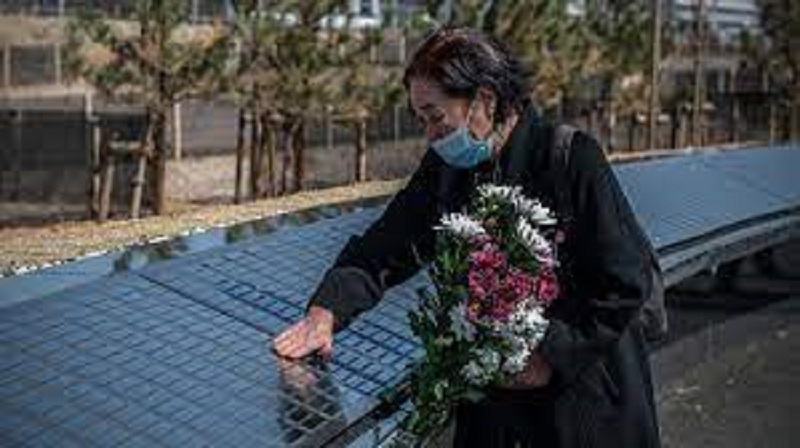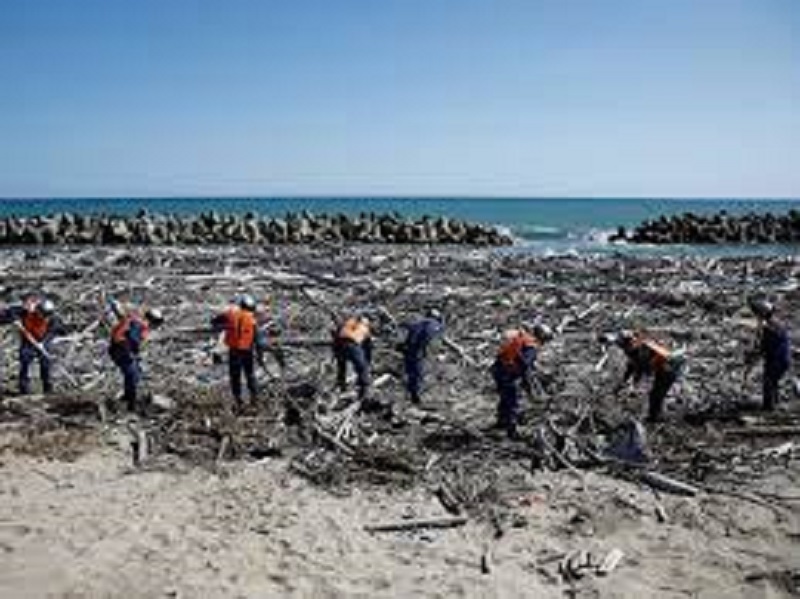
As Japan marked a decade after the most devastating disaster in its documented history. The nuclear accident happened in the operator of the Fukushima Daiichi power plant and currently, it is assured that the efforts to decommission the site are on schedule.
Anti-nuclear campaigners are essential and request Tokyo Electric Power Co.’s plan to complete the decommissioning. The three reactors that underwent meltdowns have “no prospect of success and is delusional,” while people living in areas that were directly underneath the crest of radioactivity in March 2011 say their lives and lives have changed irreversibly forever.

The disaster at the Fukushima nuclear plant occurred as a result of the magnitude-9.1 Great East Japan Earthquake on the afternoon of March 11, 2011. The quake, which was most powerful anywhere in the world since modern record-keeping began in 1900, lead to a series of tsunami waves that in places touched more than 40 meters high and bore down on the coast of northeast Japan.
Read more: Japan marks the 10th anniversary of Fukushima nuclear catastrophe
The tsunami ruptured the nuclear plant’s sea barriers and lower parts of four of the site’s six reactor buildings were drowned, collapsing the emergency generators needed to keep water pumps circulating cool water for the reactors. Three of the units suffered meltdowns due to the overheating of the reactor cores, with operations of the fourth unit suspended for maintenance at the time of the disaster.
Nobuyoshi Ito lived on the outskirts of the town of Iitate after the disaster a decade ago. He neglected the requests from the authorities to leave his home during the evacuation process in 2011. He requested that he was already old, that the radiation will not affect his longevity, and that he needed to remain to serve as a human test subject.
Now 76- year old, spent the last decade observing radiation levels in the neighboring hills, as well as in crops that he grows and wild fruit and vegetables.
“Three years ago, they lifted the evacuation order and they have been encouraging people to return ever since,” he told DW. “I’ve been recording the radiation levels since the accident and they have certainly gone down, but the soil here will be contaminated for years to come. People should not be told that it’s safe to come back because I do not believe it is.”
As per the study done by Greenpeace, just 15% of the 840 square kilometres (324.3 square miles) recognised a the most contaminated area from the nuclear explosion has been decontaminated, meanwhile the towns of Namie and Iitate was announced to be safe for evacuees to return, still have radiation above safe levels.
Burnie said a “fundamental rethink in approach and a new plan” for the decommissioning of the site is needed. Greenpeace believes, is to keep all material that has been contaminated with radiation on-site indefinitely, including the nuclear fuel debris, “if it is ever retrieved.”
“Fukushima Daiichi is already and should remain a nuclear waste storage site for the long term,” he concluded.

Post Your Comments